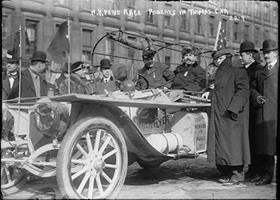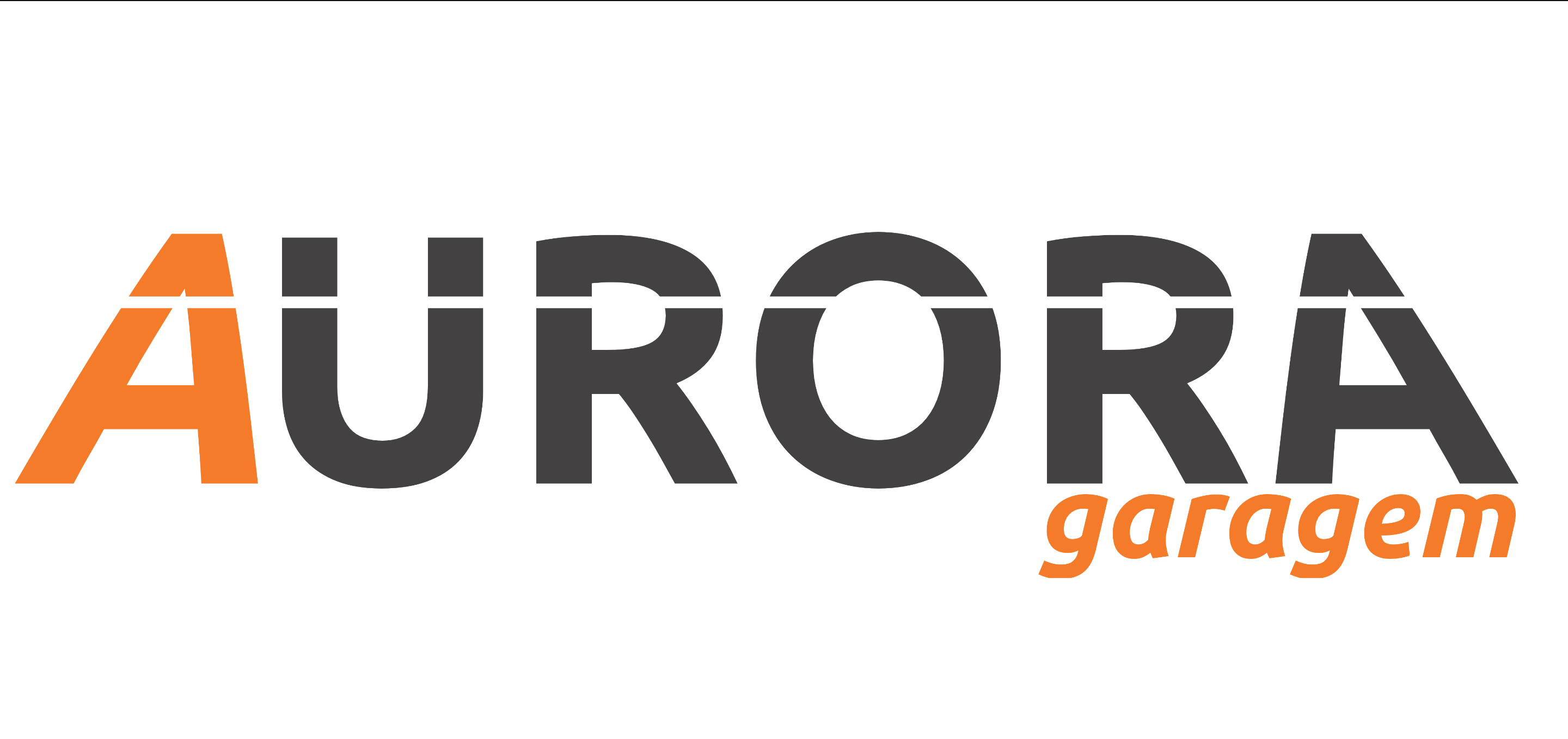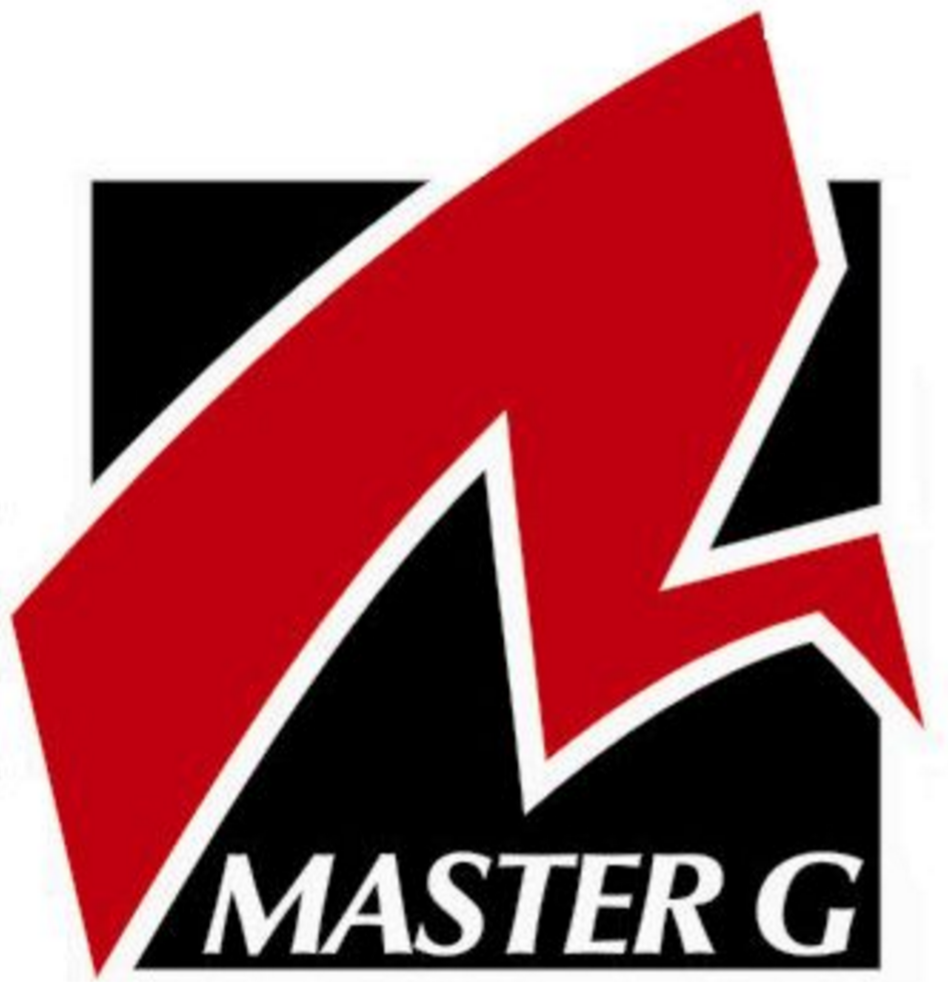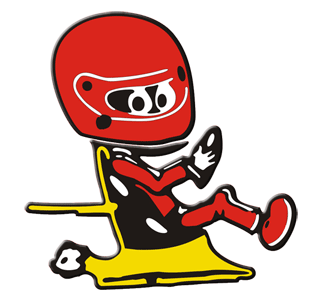
Diversos - Diversos
RECORDAR É VIVER
Segunda, 12 Fevereiro 2018 11:19 | Actualizado em Quarta, 17 Abril 2024 09:39
Faz precisamente hoje 110 anos que começou a mais longa corrida de automóveis de sempre...
The now famous, New York-to-Paris via Seattle and Yokohama, Japan, the longest motor race in history, began. The race started at Times Square in New York City. Six vehicles entered the race. The national flags of Germany, France, Italy and the United States flew, with the Protos representing Germany, the Zust representing Italy, three cars (De Dion-Bouton, Motobloc and Sizaire-Naudin) representing France, and Thomas Flyer competing for the United States. At 11:15 AM a gunshot signaled the start of the race. Ahead of the competitors were very few paved roads, and in many parts of the world no roads at all. Often, the teams resorted to straddling locomotive rails with their cars riding tie to tie on balloon tires for hundreds of miles when no roads could be found. The American Thomas Flyer was in the lead crossing the United States arriving in San Francisco in 41 days, 8 hours, and 15 minutes. It was the first crossing of the US by an automobile in winter. The route then took them to Valdez, Alaska, by ship. The Thomas crew found impossible conditions in Alaska and the race was rerouted across the Pacific by steamer to Japan where the Americans made their way across to the Sea of Japan. Then it was on to Vladivostok, Siberia by ship to begin crossing the continents of Asia and Europe. Only three of the competitors made it past Vladivostok: the Protos, the Züst, and the Flyer. The tundra of Siberia and Manchuria was an endless quagmire with the spring thaw making progress difficult. At several points, forward movement was often measured in feet rather than miles per hour. Eventually, the roads improved as Europe approached and the Thomas arrived in Paris on July 30, 1908, to win, having covered approx 16,700 km. The Germans, driven by Hans Koeppen, arrived in Paris four days earlier, but had been penalized a total of 30 days for not going to Alaska and for shipping the Protos part of the way by railcar. That gave the win to the Americans with George Schuster (the only American to go the full distance from New York to Paris) by 26 days. He only spent 88 of the 170 days actually driving.The Italians arrived later in September 1908. The race was of international interest with daily front page coverage by the New York Times (a cosponsor of the race with the Parisian newspaper Le Matin). The significance of the event extended far beyond the race itself. Together with the Peking to Paris race which took place the year before it established the reliability of the automobile as a dependable means of transportation, eventually taking the automobile from an amusement of the rich to a reliable and viable means of long distance transportation for the masses. It also led to the call for improved roads to be constructed in many parts of the world. The winning driver George Schuster was inducted into the Automotive Hall of Fame on October 12, 2010. The winning Thomas Flyer is on display in Reno, Nevada, at the National Automobile Museum, alongside the trophy.
Estamos sempre na busca da melhor informação, tentamos sempre prevalecer a imagem e a informação escrita, tornando a leitura mais rápida e acessível a todos os leitores.
João Raposo
+351 913 353 070
jraposo-air@portugalmail.pt
Copyright © TouchMobile & Design 2017


 Total de visitas
Total de visitas









